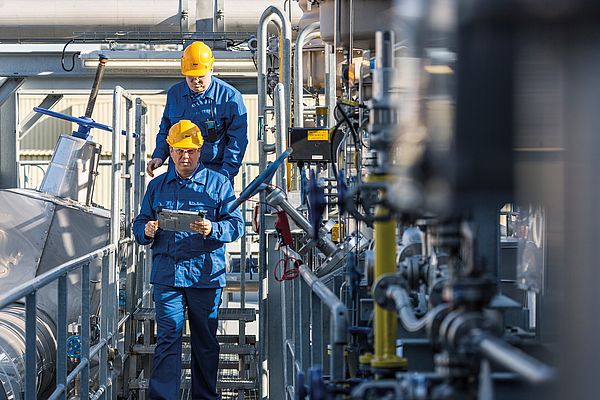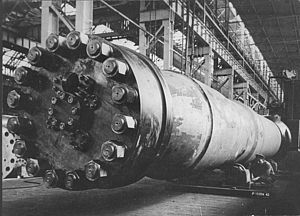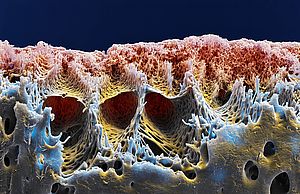PCN Europe: Mr. Ziegler, you are part of the Center of Expertise Automation Technology – how far has digital communication progressed in the field at BASF?
A. Ziegler: Today, the dominant transmission technology worldwide for process control and, in particular, for safety applications of field devices in the process industry is the 4 mA...20 mA technology, also at BASF. For safety, we often still work with this technology. Even the application of the HART protocol modulated to 4-mA...20-mA, as an entry into the digital world, is not yet used intensively. In addition to 4-mA...20-mA, fieldbus technologies are also widely used for process control. This leads to the maintenance of two different field device technologies with considerable additional effort in the production plants concerned.
PCN Europe: What advantages do you expect from Ethernet-APL?
A. Ziegler: Ethernet-APL has all the properties required for a future-proof network in process automation. The significantly increased bandwidth compared to previous fieldbuses and the extended application capability offer the possibility of establishing uniform digital communication in a production plant. This results in new types of use cases that can either not be implemented at all with conventional transmission technology or only with very high effort. Optimized diagnostics and more efficient maintainability are two further advantages. Above all, it is important to take a decisive step into integrated digital technology – for safety and process control. Dual-track development and the associated long-term maintenance of two technologies in the plants must be avoided!
PCN Europe: What are the challenges?
A. Ziegler: The time pressure regarding an introduction of APL is high, as the safety implementation is associated with additional effort. There is a risk that field devices will be launched on the market without a safety protocol. There are parallels to the development of the fieldbus. The goal must be for field device manufacturers to drive forward the consistent introduction of safety compatibility with high priority in every case. This is our concern: By participating in the white paper, we emphasize that our goal is to use one digital field device for safety and process control in the plants - just like this is the case for 4-mA...20-mA.
PCN Europe: What is your outlook for the future?
A. Ziegler: Ethernet-APL has the potential to establish itself as a solution for a universal and, above all, uniform technology for field device communication. In our test lab, we have already connected the first prototypes of APL field devices with safety implementation to a safety controller. We anticipate an increasing number of prototypes this year and next, and the first APL pilot plants from 2023.





















